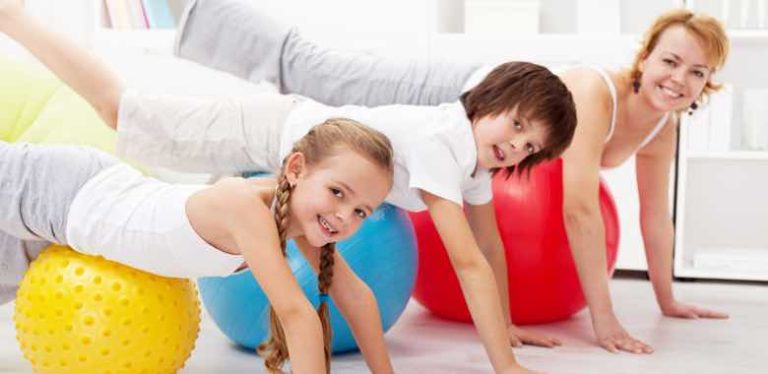Articles
How To Develop Children’s “Extra Senses”
Posted on November 20, 2015.
How many senses do we have?
Five, right? – touch, taste, sight, hearing and smell.
However, if you talk to an occupational therapist, you’ll find at least an extra two – vestibular and proprioception – which are vital that you know about.
The vestibular sense is so named because it is sensed in the ‘vestibulum’ system in the inner ear in the semi-circular canals. These are responsible for balance, and it describes both the sense of balance and spatial orientation. The vestibular system detects movement and changes in the position of the head, for example, when your head is upright or tilted (even with your eyes closed).
Proprioception is defined as the perception of stimuli relating to position, posture, equilibrium, or internal condition. Basically this means knowing where your body is in relation to the external environment, for example, being able to sit in a chair without turning round to look, or walk up stairs.
Proprioception is a dynamic sense, allowing us to continuously adapt to a changing environment and is learned through all our other senses and neuro-developmental exercises, usually whilst we are children.
It is vital to know about these, because without good vestibular and proprioception senses, children would not be able to walk, hop, skip, navigate around a room, catch a ball and definitely not be able to manage stairs.

